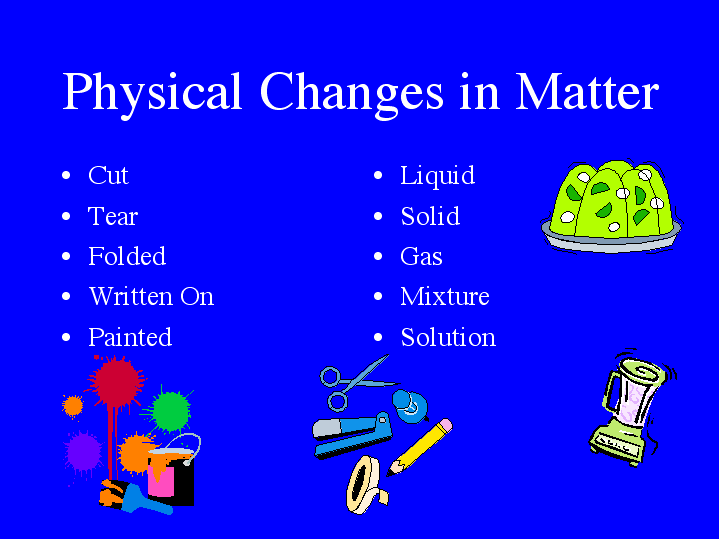

A vegetable oil is sometimes used to thin melted chocolate for a thin, even coating on squares or bar cookies. Some recipes require alterations to store-bought chocolate to decrease its viscosity. A somewhat thicker chocolate is advisable for things such as ganache and flavoring of creams and fillings. This is also the case for coating cookies and most cakes, where a thin, attractive and protective coating is all that is needed. That is, the chocolate should be somewhat runny so it is easier to flow into the moulds. Molded pieces such as Easter eggs require a chocolate of less viscosity. Because it is less expensive than cocoa butter at thinning chocolate, lecithin can be used to help lower the cost of chocolate. Emulsifiers like lecithin can help thin out melted chocolate, so it flows evenly and smoothly. The amount of cocoa butter in the chocolate is largely responsible for the viscosity level. Mixing ingredients into chocolate is a physical change because although the physical properties of the chocolate change (viscosity, perhaps color), the chemical identities and compositions of the substances in the chocolate do not change.Ĭhocolate manufacturers mix chocolate so that it has the appropriate viscosity for their needs. Chocolate comes in various viscosities, achieved by mixing different ingredients into the chocolate. V iscosity is a physical property that describes the way a substance flows. Physical changes include all the phase changes defined in the section “Matter and its Phases”: Change (credit a: modification of work by “95jb14”/Wikimedia Commons credit b: modification of work by “mjneuby”/Flickr) (b) Steam condensing inside a cooking pot is a physical change, as water vapor is changed into liquid water. (a) Wax undergoes a physical change when solid wax is heated and forms liquid wax. In each of these examples, there is a change in the phase, form, or properties of the substance, but no change in its chemical identity or composition. Other examples of physical changes include magnetizing and demagnetizing metals (as is done with common antitheft security tags) and grinding whole spices into powders (which can sometimes yield noticeable changes in color). Physical changes are observed when butter melts, when sugar dissolves in coffee, and when steam condenses into liquid water.

The molecules will consist of one oxygen atom and two hydrogen atoms, both in solid ice and liquid water. Water is water regardless of whether it is in solid or liquid form. For example, when water freezes to form ice, there is no change to the chemical identity of the water. Other physical properties, such as the melting point of iron or the freezing point of water, can only be observed as matter undergoes a phase change (melting or freezing).Ī physical change is a change in the properties or phase of matter without any accompanying change in the chemical identities or compositions of the substances contained in the matter. S ome physical properties, such as density and color, may be observed without changing the phase of the matter. They include characteristics such as size, shape, color, mass, density, hardness, melting and boiling points, and conductivity. Physical properties are inherent characteristics that describe matter. The properties that chemists use to describe matter fall into two general categories: physical and chemical.
/TC_608334-chemical-change-examples-5aabebea31283400371a753e.png)
One way we describe matter is to assign properties of matter to different categories. Part of understanding matter is being able to describe it.


 0 kommentar(er)
0 kommentar(er)
